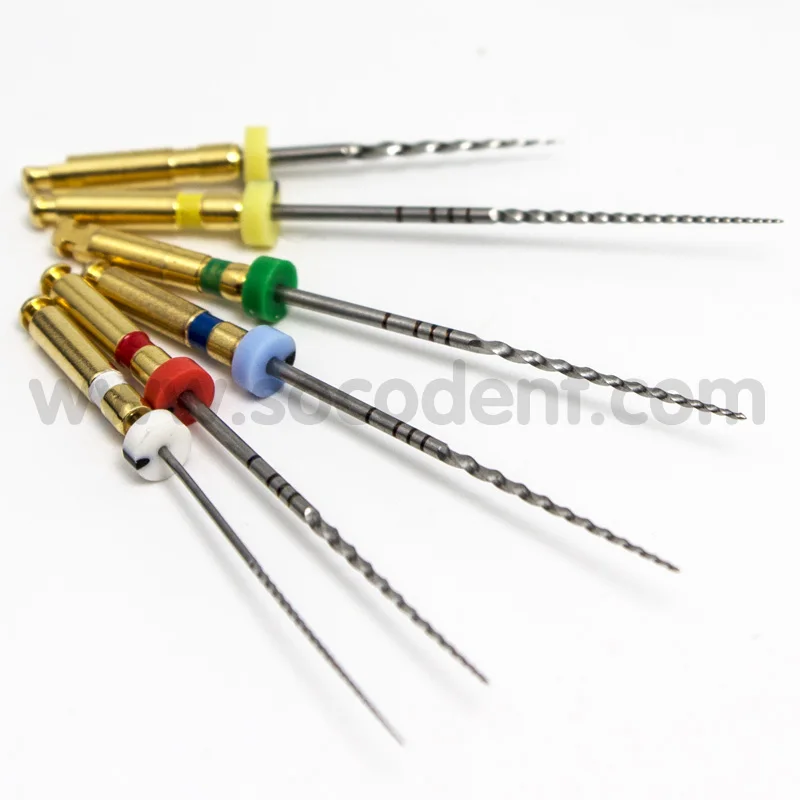
Manage the apical preparation of the canal to avoid transportation or unnecessary enlargement.Preserve tooth structure while reducing the risk of vertical root fracture in the future.Ensure there is a glide-path before using rotary files.Completely remove infected material from the canal space.

This will optimize the files’ efficiency and minimize damage to the canal and tooth.Įach file system has advantages and disadvantages the best system is the one you are proficient with and used to handling.Īdditionally, clinicians must adhere to the principles of endodontic treatment: The most important factor when choosing and utilizing a particular file system is to follow the appropriate technique outlined by the manufacturer and dictated by the design of the file to remove vital or necrotic tissues from the canal spaces.


Enable cleaning and shaping but the procedure is slower and safer.However, several research studies have illustrated that regardless of the type of file used to shape the canal, none are able to contact all the canal walls or surfaces. Rodrigo Cunha, Assistant Professor and Division Head, Endodontology Program Director in the faculty of Dentistry at the University of Manitoba provided this initial answer.Ĭurrently, there are several rotary endodontic systems in the dental market and all designed with one specific goal in mind – to clean and shape the canal(s). This question was submitted by a general dentist: Which rotary endodontic and obturation system is the best?ĭr.


 0 kommentar(er)
0 kommentar(er)
